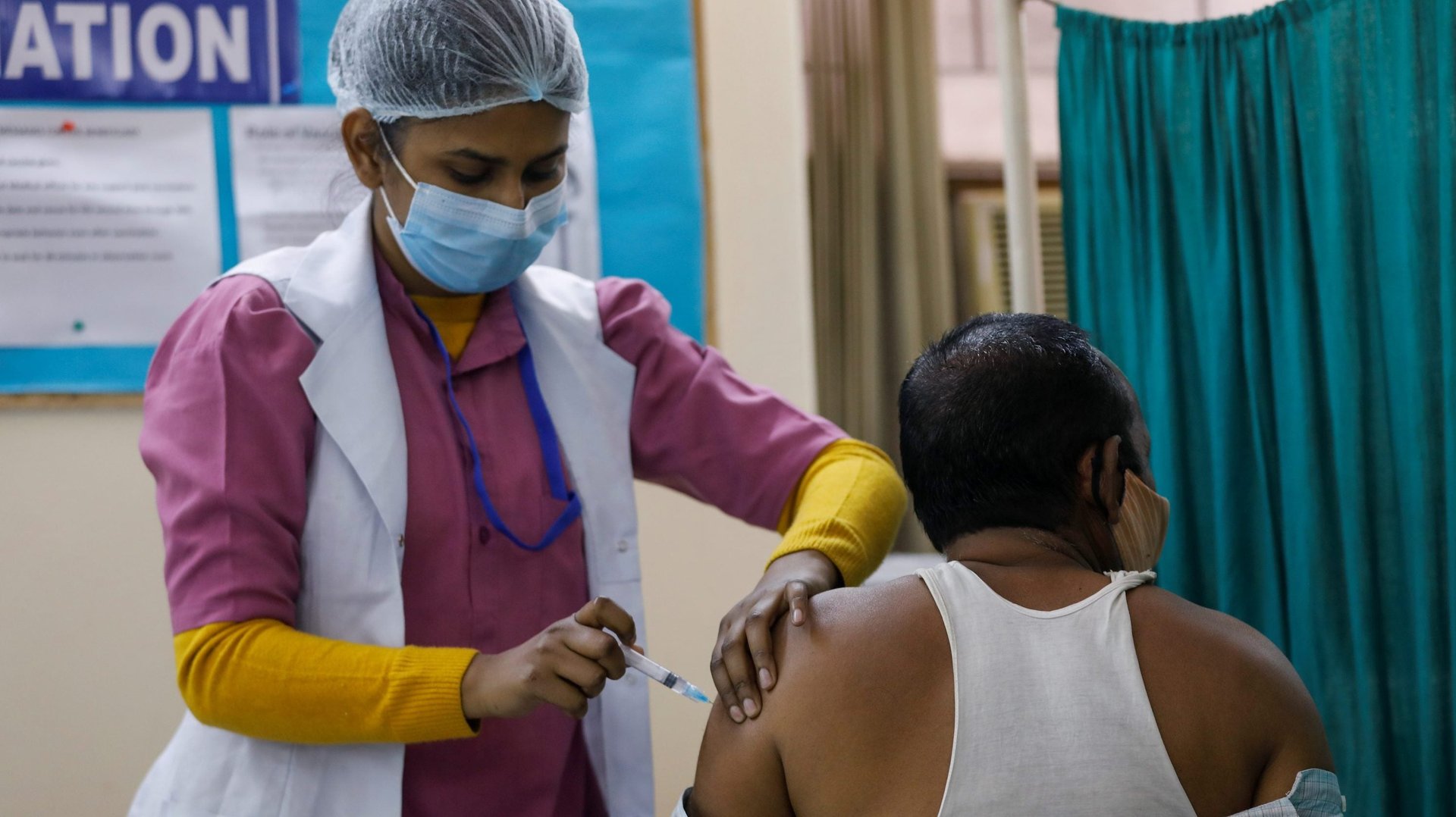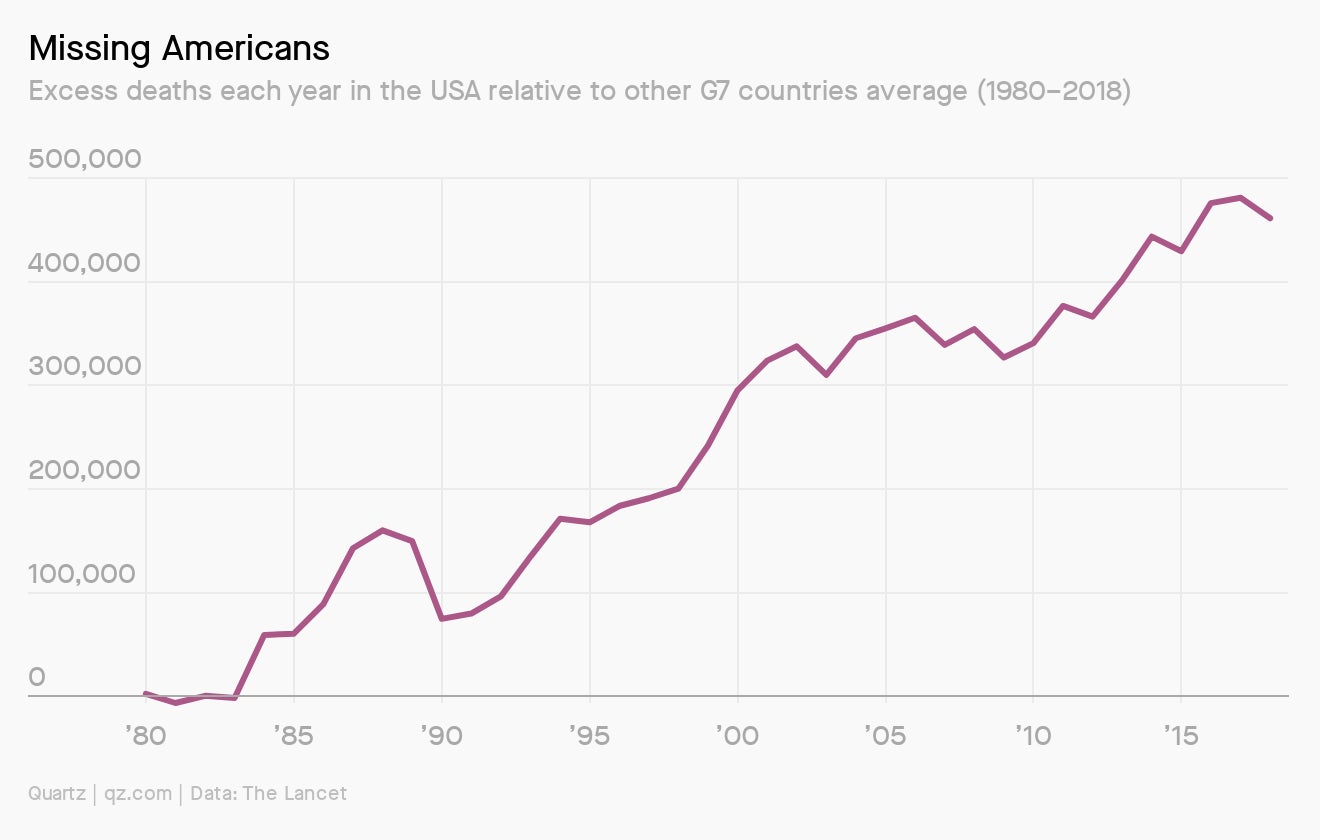Dose negligence
Hello Quartz readers,


Hello Quartz readers,
On Jan. 16, India started its vaccination drive, administering preliminary doses to 224,000 healthcare workers, and reminding them to come back on Feb. 13 for their second shots. By Feb. 15, 24,561 healthcare workers had returned, or just over 10%.
This is a problem—and not just for India, which begins rolling out vaccines to the general populace next week. If people skip their second doses, or even delay the doses beyond the recommended time frame, it gives the coronavirus more chances to mutate in a way that could lend it high resistance to the vaccines we have.
Consider tuberculosis. India has become a cradle for strains of TB bacteria that can hold out against antibiotics; in 2019, the country registered the highest number of drug-resistant TB cases in the world. Among the reasons that bacteria grow inured to antibiotics is an insufficient duration (pdf) of treatment: doctors prescribing regimens that are too brief, or patients stopping their doses if they feel better or cannot afford their medicines. These strains of drug-resistant TB bacteria have spread to the US, the UK, Germany, and other countries. Crafting new antibiotics to battle these bacteria takes 10-15 years of work and at least $1 billion in investment per drug.
In a country like India, there are plenty of reasons why people may skip their second doses. Perhaps they won’t find transport to a clinic on the day, or will have to work for a day’s wages instead. Perhaps they’ll feel an adverse reaction after the first dose and decide they don’t trust the vaccine.
It is arguably the responsibility of health authorities to convey the importance of taking both doses, and to track those who have neglected their follow-up visits. If the numbers of second doses administered are so low even among healthcare workers—who, presumably, can be required to take their doses, work in hospitals or clinics where the vaccine can be administered, and understand the need for a second shot—Indian authorities will have to step up the urgency of their communication even further.
The coronavirus is still around, and unless it’s stopped dead in its tracks by a comprehensive immunization campaign, it will keep spreading. Viruses mutate in warm bodies. India has 1.3 billion of them.
More Quartz coverage from around the world:
Results may variant
Even with ample experience reproducing themselves, viruses still aren’t perfect at it. They make mistakes, known as mutations. When a mutation or combination of mutations proves particularly advantageous for the virus—i.e. helps it replicate in some way—it becomes more prevalent. That leads to a new variant.
Courtesy of Katherine Foley, here’s what we know about so far about new variants of Covid-19:
- The UK variant, or B.1.1.7., is a set of a handful of mutations whose change to SARS-CoV-2’s signature spike protein makes the virus stickier. Because this variant has a stronger hold on our cells, a smaller viral load can cause an actual infection. Thus, the virus becomes more transmissible. Estimates suggest this strain is about 50% more transmissible than previous strains.
- The South African strain, called B.1.351, is similar to B.1.1.7. but with a few additional mutations on the spike protein, including one called E484K, or “EEEK” for short. In pre-prints (pdf), scientists have found that this mutation may make it harder for antibodies to neutralize the virus.
- The variant first found in Brazil, called P.1, shares some of the same spike protein mutations as the South Africa and UK variants. Scientists aren’t sure why, but it seems like there are some mutations in the P.1 variant that may make this strain capable of reinfecting individuals.
- Scientists in California identified a variant called CAL.20C, which appears to have made up a quarter of cases in Southern California in October. Although it contains mutations on the spike protein, researchers are still working out if these mutations have any tangible effect on the virus or the infection it causes.
While most vaccines should be somewhat protective against new variants—and there is limited evidence that any of these variants make infections more severe—it’s still best to avoid getting Covid-19 at all. That means staying vigilant with hand-washing, physical distancing, and wearing a mask (or two) when inside public spaces.
The American way of death
In 2020, there were about about 400,000 Covid-19 related deaths in the US, more than in any other country. Yet something else kills even more Americans every year: inadequate healthcare.
According to a recent study, there were 461,000 so-called “missing Americans” in 2018. That means that if the US had a life expectancy equal to the average of countries of comparable wealth (the study uses the G7 countries: Canada, France, Germany, Italy, Japan, the UK, and the US), its population would be nearly half a million people greater.
This isn’t a new phenomenon: US life expectancy has trailed the rest of the advanced world since the 1980s. In 2018, the last year for which international data is available, US life expectancy was 3.4 years shorter than the average of other G7 countries.

Nano a nano
Anyone with a personal life knows about “nano transitions,” the moments during the workday when you briefly tilt away from the tasks at hand, often stepping into another role as a mother, daughter, sibling, or just to do something for yourself. During the pandemic, we’re dealing with more nano transitions than ever.
Researchers at Claremont Graduate University propose that nano transitions are the natural extension of boundary theory, which also cites macro transitions (retirement, job changes) and micro transitions (commuting) as key to understanding how people integrate life and work. Lila MacLellan looked at how nano transitions, done right, can actually be replenishing. Here are a few tips:
1️⃣ They need to be autonomous. Unscheduled breaks are just interruptions, cutting into your flow and your train of thought.
2️⃣ They need to be intentional. Conscious breaks are more restful than responding to a text message and then mindlessly flipping into Facebook.
3️⃣ They need to be regulated. Good regulators, the researchers learned, can take long breaks and still get their work done.
Screen time
“What we wanted to do is, what if you can just destroy and create beautiful chaos out of nowhere? As you’re creating that mess, you’re connecting with the people you’re creating that mess with.” —Reslash founder Ashwin Gupta
To understand the future of the digital office, we sent tech reporter Nicolás Rivero to the depths of workplace collaboration chaos: a room (“with a vaporwave vibe”) created by startup Reslash, which borrows its aesthetic from the campy corners of the internet.
Reslash’s interface isn’t unique: You have an avatar, you can talk to people whose avatars are nearby, and you can add elements to a shared screen. But Gupta’s dream is that people will load their shared screens with gifs, images, games, and links, and that the tumultuous, overlapping, nonlinear mess they create will unleash their creative id in a way that wouldn’t be possible in a drab conference room.

Nico’s virtual adventure is part of our field guide to the future of the digital workplace, available with a Quartz membership. We can’t offer dogs riding hot dogs in a cartoon landscape (yet), but we can add a seven-day free trial to this shared screen.
Grand designs
The coronavirus has been a boon to home improvement projects…but not every home comes away improved. Anne Quito looked at a new study from HomeHow that lists a range of 2020 interior design investments people have come to regret. Taking the lead: 61% of the 2,400 people surveyed said they regret decorating their homes in the industrial look, a style inspired by the gritty façades of warehouses and factories.

Essential reading
- The latest 🌏 figures: 109.6 million confirmed cases; 61.7 million classified as “recovered;” 181 million vaccine doses administered.
- Unstandardized testing: FDA officials regret flooding the market with antibody tests.
- Dialing it in: Welcome to the era of the “WFA” (work from anywhere) policy.
- Out of the bag: The latest vaccine shortage is giant plastic bags.
- Once upon a time in Beijing: China no longer needs Hollywood movies.
Our best wishes for a healthy day. Get in touch with us at [email protected], and live your best Quartz life by downloading our iOS app and becoming a member. Today’s newsletter was brought to you by Samanth Subramanian, Katherine Foley, Annalisa Merelli, Lila MacLellan, Nico Rivero, Anne Quito, and Kira Bindrim.